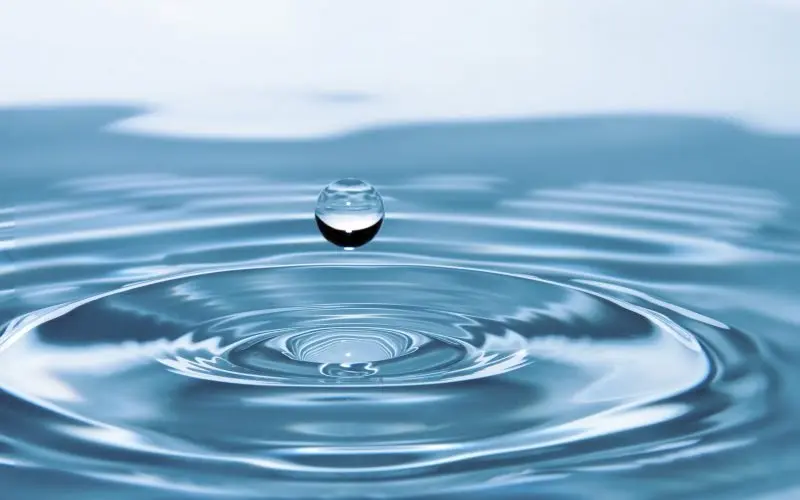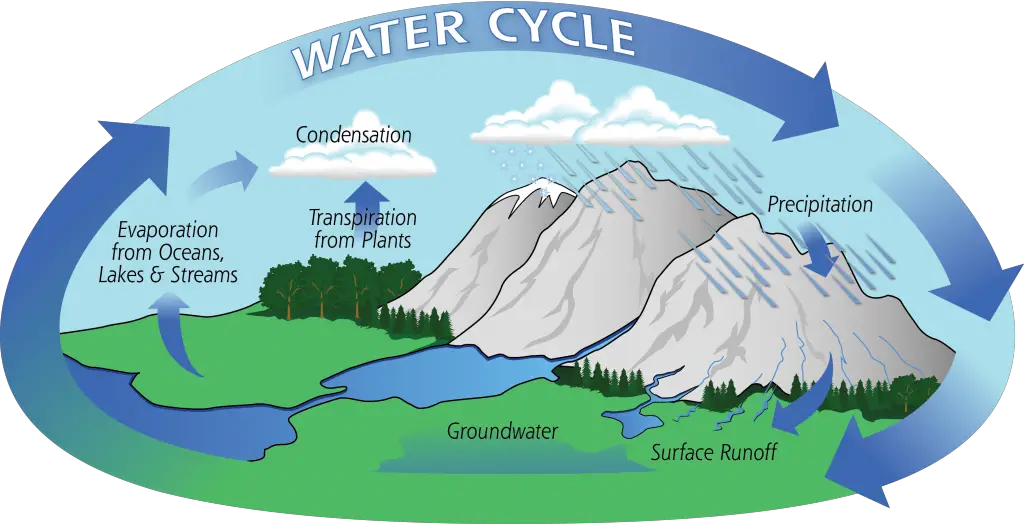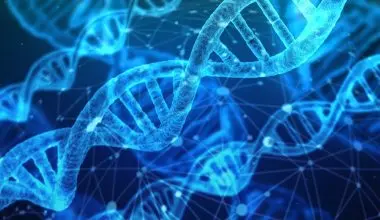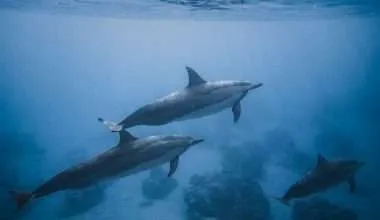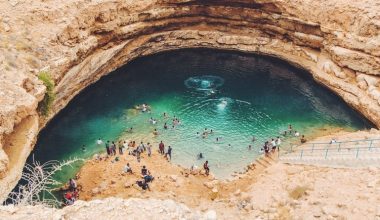Water is unquestionably our planet’s most valuable asset. It is essentially the most important substance and what gives our planet its life.
Water is found throughout the planet in the form of solid, liquid or gas. 70 percent of our earth is covered with water, most of which is found in the worlds ocean.
This creates a thought in humans of water being a widely available and abundant resource.
‘Water is the driving force of all nature‘ – Leonardo Da Vinci
However, this isn’t usually the case as most of the planets current water reserves are not suitable for drinking or irrigation.
A major chunk of water is frozen as ice in the Antarctic region which cannot be utilized by us.
Another large chunk is also used by our industries, and as the population is increasing steadily, the demand for drinking water is also rising.
Water is an invaluable resource and not all countries or individuals have equal rights and provision over it.
This has led to millions of global deaths around the world due to water scarcity in the region.
Where drinking water is available to people, it’s not given the importance that it deserves.
Most of it is wasted and greatly polluted by human processes, making it useless without proper water treatment.
Wastewater treatment would allow it to be used more than once. Proper water treatment is essential in making sure you’re drinking clean water every day.
Even with all the troubles faced concerning water, the good news is that water is a renewable energy resource. Here we’ll explain you why Water is actually considered a renewable energy resource and why it’s a blessing for us.
What is a renewable energy resource?
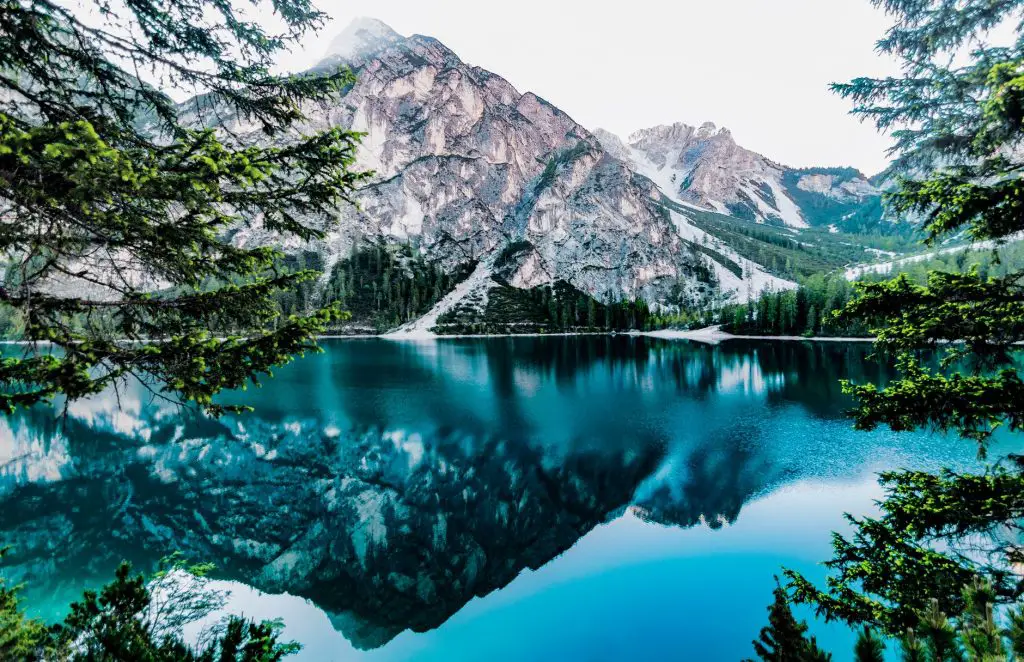
Before we get into how the planet gives us the constant luxury of drinking water without resource depletion, we will explain you a renewable energy resource is.
Renewable resource or renewable energy resource is any substance which has the ability to naturally increase its amount through various biological processes even with it constantly being utilized by the human population.
So even if we are using these resources, we don’t need to worry about them eventually running out like fossil fuels because they have the ability to replenish themselves.
Other than Water; solar energy, geothermal energy, wind energy, biomass and air are all examples of renewable energy resources.
The most important factor concerning with all renewable energy resources is the time taken for them to replenish once again.
The fact that water is a renewable resource is a blessing for us as it can replenish itself again and again over time but that doesn’t mean that we take it for granted and not give water the importance that it deserves.
This is because if a resource is over utilized and human activities are not sustainable, we may lose the renewability of that resource and face serious repercussions because of this.
We can take timber as an example. Timber is chopped down by the logging industry to make various types of timber-related products such as furniture.
Timber takes about 25 years to regrow.
However, if we constantly cut down trees at a higher rate without giving the trees sufficient time to regrow in their place, they will no longer be a renewable resource.
When it comes to water; the process that makes it renewable is the water cycle.
We forget that the water cycle and the life cycle are one.
Jacques Yves Cousteau
Water Cycle: How does it make water a renewable resource?
The water cycle is what actually makes the water renewable.
Water because of these phenomena has the ability to move around the world in different states of matter (solid, liquid or gas).
The water cycle begins through the process of evaporation. Water evaporates from the surface of leaves of plants (transpiration), or from rivers and oceans and move into the atmosphere.
Atmosphere is where the water molecules combine and condense to form water droplets.
This water is now stored in the cloud and can be transported around the world as air blows the cloud to various parts of the world.
The water then falls down to the surface in the form of rainfall, the rainfall can be a source of water to plants and humans thereby fulfilling their demands.
Rainfall can also fill up our oceans, lakes, rivers and streams which have the ability to store large amount of water for a long period of time.
This process then starts once again as the water starts to evaporate and is taken up by the atmosphere again in the form of water vapor.
This cycle hence makes it a renewable energy resource.
One thing you should know is that the water is evaporated in its purest form and if there’s no pollution in the air; rainfall is the source of the purest water to an area.
It’s just because of high levels of air pollution that the rain is polluted by pollutants such as sulfur dioxide, making the rainwater acidic and harmful in some areas.
Like all the other renewable energy resources at our disposal, all of them are renewable up to a limit and if our human activities are not sustainable or regulated carefully, they may not stay renewable for much longer.
The same is the case with water; even though it has the ability to replenish itself, if we don’t use this water properly we may start running out of it.
There is already a growing demand for water, especially pure water which we are unable to meet due to constant water pollution and improper wastewater management.
There is only so much that the natural cycle of water can do for us.
Hence, it is our duty as humans and inhabitants of this planet to utilize water properly so that it retains the ability to replenish itself and can be accessible to everyone in the population.
Water should be treated as a highly valuable and limited resource.
Proper water treatment should be carried out so that water can be purified making it drinkable for humans.
Our planets water reserves such as oceans, lakes, streams, rivers, glaciers and snow caps should be protected from climate change so that they may not run out reducing the supply of water more than it already is.
One way to protect these reserves from climate change is to try and prevent it!
We should acknowledge and raise awareness regarding the importance of water. We should also carry out actions which help the water cycle carry on naturally without exhausting this valuable resource.
